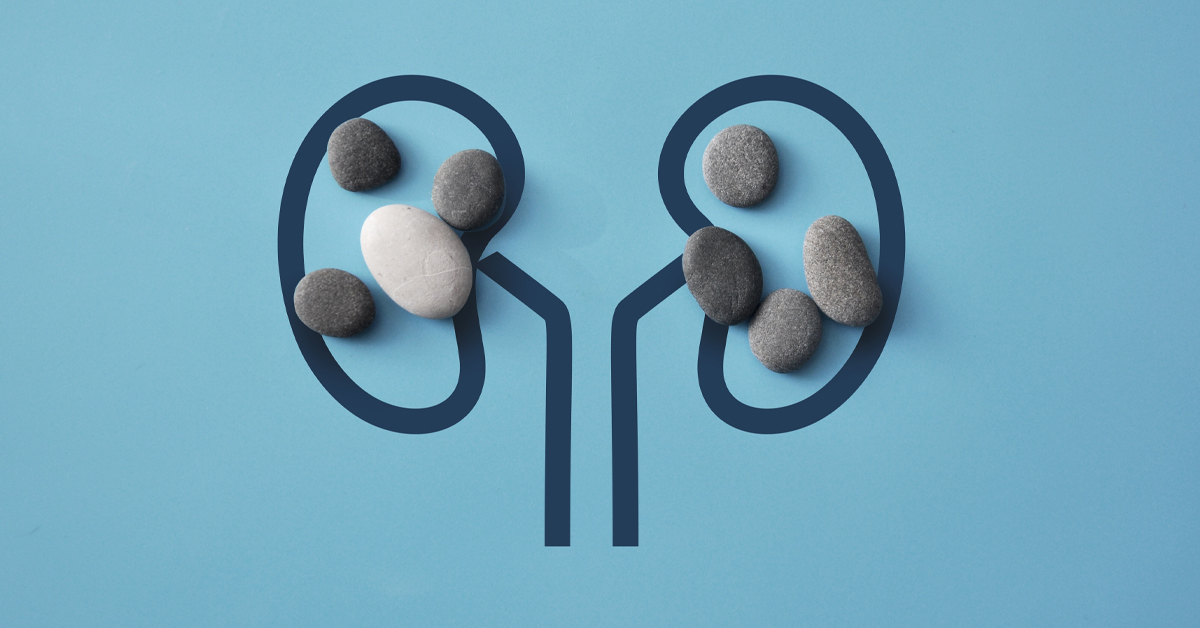Kidney stones can be a painful issue for many people. These stones are crystal-like masses, usually made up of salts, like calcium oxalate, that form in the kidneys. They can range in size from grains of sand to golf balls. If they move from the kidney into the ureter, they can obstruct normal urine flow, causing severe discomfort and additional symptoms like bloody urine and nausea.
Factors such as age, diet, climate, and metabolic disorders can contribute to the formation of kidney stones. When they become too large to pass naturally, they need to be removed. One common treatment method is Extracorporeal Shockwave Lithotripsy (ESWL), or simply lithotripsy.
What is Extracorporeal Shockwave Lithotripsy (ESWL)?
Lithotripsy translates to "stone crushing," a method designed to break down kidney stones without invasive surgery. The term "extracorporeal" means that this procedure is performed outside the body - a device is held onto the skin in the area of the kidney. During the treatment, high-energy pressure waves are directed at the kidney stone, breaking it into smaller pieces that can be passed naturally through the urinary system.

Before the Procedure
If you're considering lithotripsy, there are some essential steps to prepare for the treatment. Minimal lab tests are required, which will vary based on factors like age, existing medical conditions, and the type of anesthesia used. It's also important to follow specific instructions from your doctor regarding eating or drinking before the procedure.
Your healthcare team will provide detailed instructions and information before the procedure.
During the Procedure
You will be given sedation or general anesthesia in a typical lithotripsy procedure. You will be positioned on a treatment table, and an x-ray will be taken to locate the stone. The shock wave applicator is then placed against your body, directing a series of high-energy waves to fragment the stone. The treatment is monitored through video x-ray, ensuring the stone is targeted precisely.
The process usually lasts 30 to 45 minutes, and your healthcare team will ensure you're comfortable and safe.
After the Procedure
Post-treatment, you'll be monitored in a recovery area until the effects of any medications wear off. You may experience soreness or mild pain as the broken stone fragments pass through your urinary system. Pain medication can be prescribed to help manage this. While it's common for stone fragments to begin passing within 24 hours, some may take longer. For larger stones or multiple stones, more than one treatment session may be necessary.
While lithotripsy is generally safe and well-tolerated, complications may occasionally arise. Contact your healthcare provider if you experience fever, heavy bleeding, persistent pain, or problems urinating. In extreme cases like chest pain or difficulty breathing, seek immediate emergency care.
Is ESWL Right For You?
Extracorporeal shockwave Llithotripsy offers a non-invasive option for kidney stone treatment, breaking down the stones into smaller pieces that can pass naturally. If you suffer from kidney stones and are considering treatment options, lithotripsy may be the best option.
Don’t live with kidney stones any longer - schedule an appointment today!
Urology Center Of Iowa
Clinic Locations
Phone
515-400-3550
Fax
515-400-3551
Address
12129 University Ave, Clive, IA 50325
Need A Urologist?
Contact us at one of our locations to schedule an appointment.

